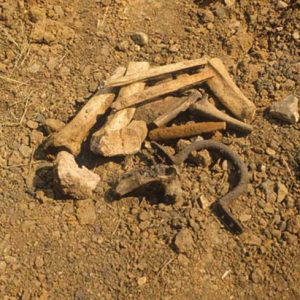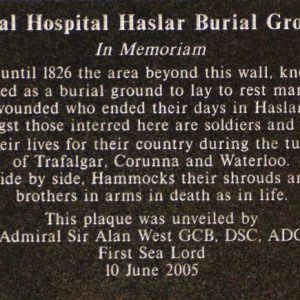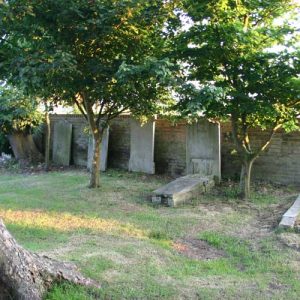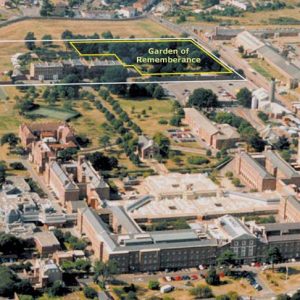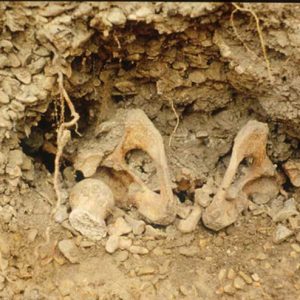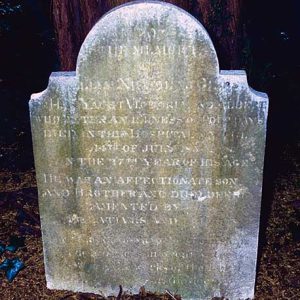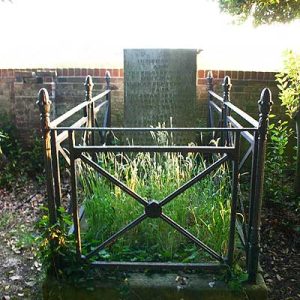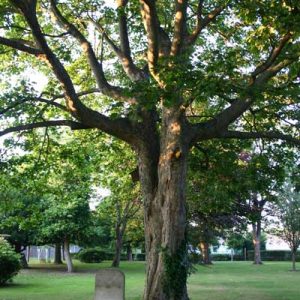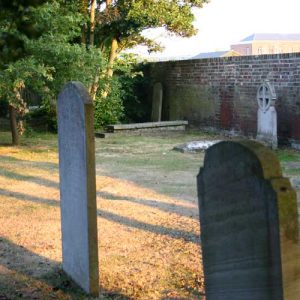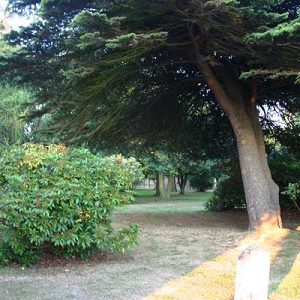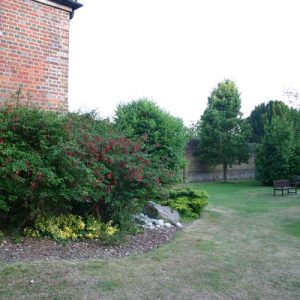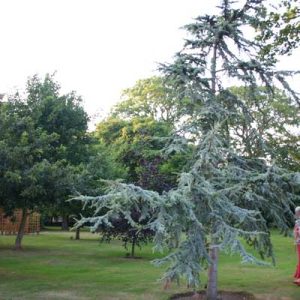Memorial Garden & Burial Grounds
The whole land to the South-West of the hospital, including the grounds known as the paddock were during the 18th Century used indiscriminately as burial grounds. This includes the ground on which the Terrace now stand, as skeletons were uncovered in the course of building the Terrace in 1798. It is reported that there was no trace of coffins, and it is doubtful if there is any other spot where the dead, who died in their country’s service, are so closely packed, many with their hammocks as shrouds.
Whilst there are a few existing records of the burials at Haslar it is understood that the number interred is very large. Dr. James Lind, Physician to the Hospital reported that in the year 1779-80 some 1,716 deaths occurred at Haslar. In addition to this it is known that bodies of sailors decimated by disease in ships at Spithead were also landed at Haslar jetty for burial. This includes 80 members of the Russian Fleet who were landed suffering from typhus in the early 19th century.
Detailed headstone of the grave of William Nicholas Giles, HMS Yacht Victoria & Albert. Died July 1854, aged 25 years.
Tomb surrounded by iron railings situated in the Memorial Garden.
By the end of the 18th century and again with no full records, it is estimated in three years alone that some 3,600 further bodies were interred in the burial grounds.
The sick and wounded of Sir John Moore’s Army who, suffering from Typhus perished in large numbers are also known to be buried in the paddock.
Also interred are the remains of sailors who perished in the wreck of the ‘Royal George’ in 1782 and it is just possible that the remains of Admiral Kempenfelt lie here as well.
In 1826 the North corner of the paddock was enclosed by a wall, the ground was consecrated and then used as a cemetery. The headstones scattered across the paddock were carried inside the cemetery wall. Amongst those recorded were a Governor of Haslar, Captain William Yeo, a Russian noble and an American sailor native of New York who died in June 1857 and served on the Frigate Niagara.
Many buried here died in the hospital, others died tragically either from ‘drowning’, falling from the ‘Maintop’ or crushed by a 14 pounder cannon’.
Turkish prisoners were also buried at Haslar and later exhumed and transferred to Clayhall cemetery.
In April 1859 the Naval Cemetery opened at Clayhall and the Haslar cemetery was no longer used.
Today the Royal Hospital Haslar cemetery is a Garden of Remembrance in memory of those who were laid to their rest here many years earlier. Hospital staff who have died are also remembered by loved one and colleagues by the planting of memorial trees and shrubs in what is a most charming and peaceful area of the hospital grounds.

